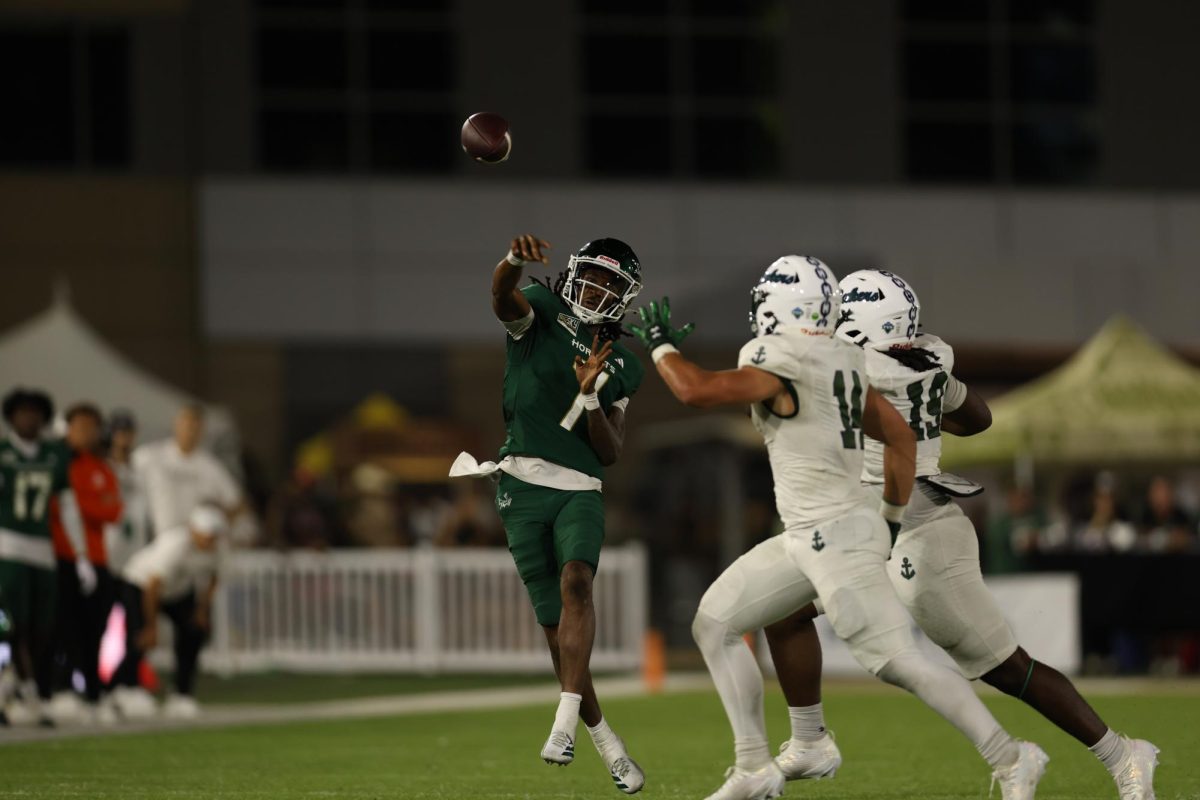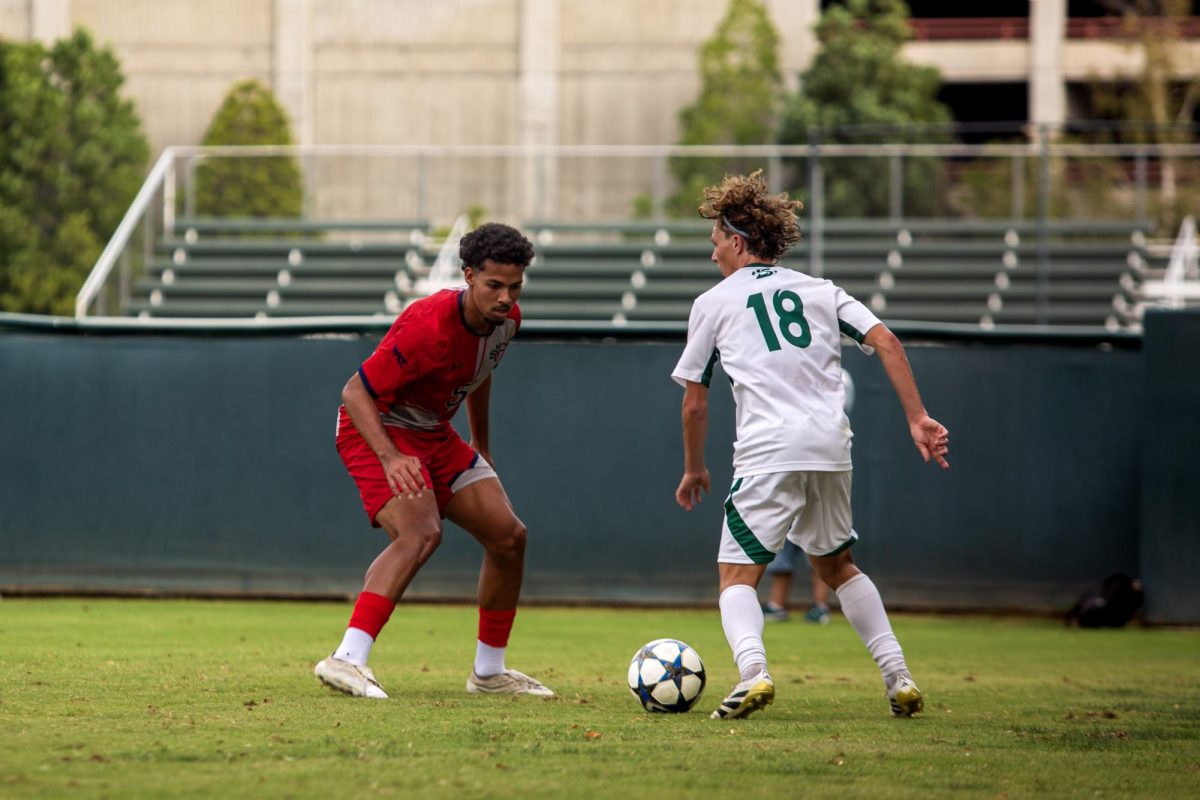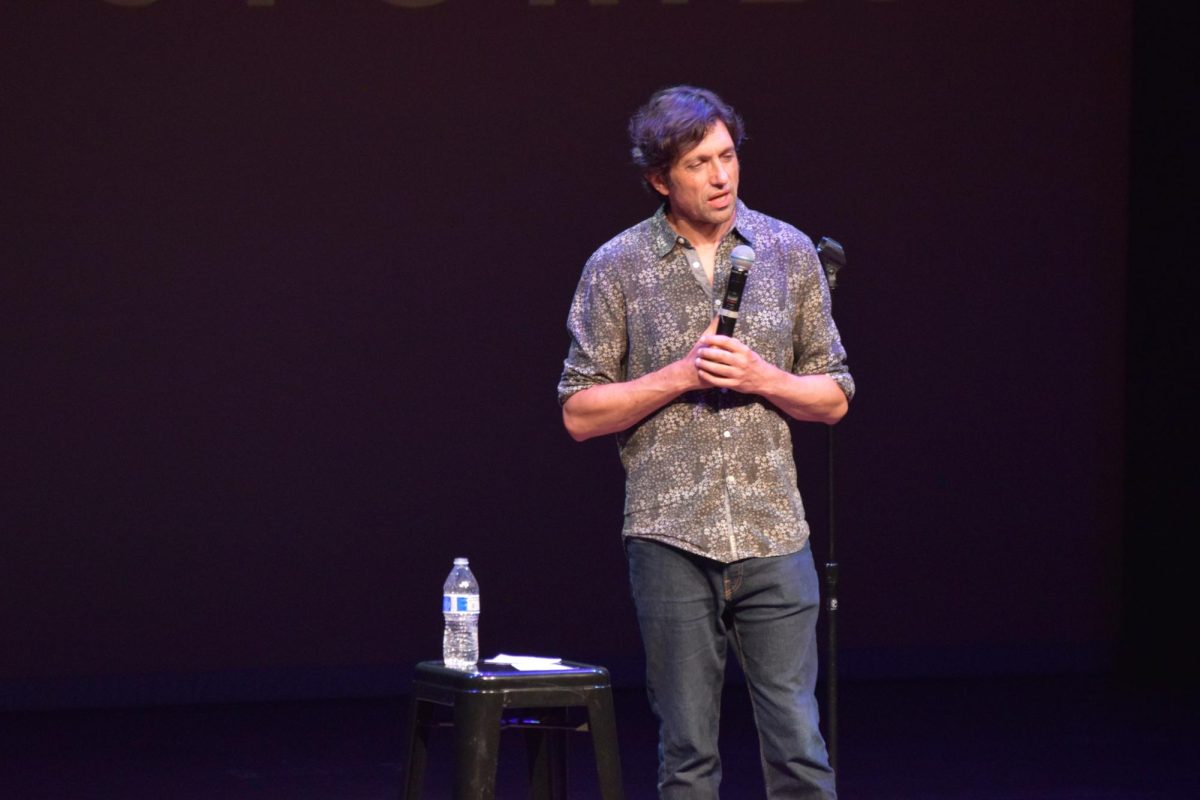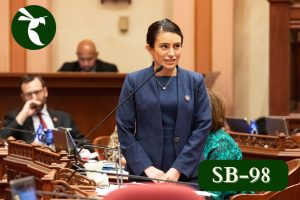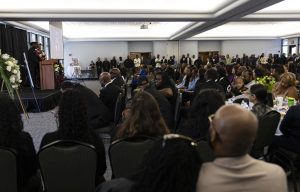Students to vote on increases
April 24, 2009
Sacramento State students could possibly see tuition rise, as fee increases to the University Union, athletic department and State Hornet are under discussion and on the Spring 2009 election ballot.
The increases are included in five election ballot referendums: an increase in the athletic fee to help fill in the athletic departments $500,000 deficit, an increase in The State Hornet newspaper fee to help cover for inflation, increases to Recreational Sports, Associated Students, Inc., internal programs fee and the Regional Transit fee.
The University Union fee increase is being processed through alternative consultation, through which the Student Fee Advisory Committee holds focus groups, open forums and creates student surveys through MySacState to get opinions on the fee increase.
Instead of students voting whether to adopt the fee increase, the advisory committee holds open meetings to explain the measure and get student input. Once all the information is gathered, the committee votes on adopting the measure.
The fee increase will add the Consumer Price Index to the union fee, something the Union currently doesn’t have. The index is a measure of the average change in prices paid by urban consumers for goods and services over time, which accounts for inflation, according to the United States Department of Labor’s Bureau of Labor Statistics.
It is important to note that the referendums and alternative consultation fee increases are only recommendations to President Alexander Gonzalez; he has the final word on implementing any fee increases.
The SFAC held an open forum on the Union fee on April 13. Gina Curry, advisory committee chair and director for Student Financial Services, said only 10-12 people attended the event.
“I think it went quite well, although there was a low turnout,” Curry said. “We hoped we could fill the Hinde auditorium.”
The forum presented why the fee increase is going through alternative consultation and why the Union needs a fee increase.
Curry said one of the reasons for putting the fee increase through alternative consultation is that it is more expedient than the referendum process, allowing for the increase to take effect next semester.
The CPI usually grows at an average of 3 percent per year. The advisory committee estimates the index will increase the current Union fee from $71 to $73 in fall 2009 and continue in a similar fashion.
This isn’t the first time the Union has tried to use the index to calculate its fee.
In 2004, a referendum was passed to build and fund the Wellness and Recreation Center. The Union operates the Well, so the increase – including the addition of the index – was added as a separate portion of the Union fee.
Curry said the language of the referendum made it so the Well was the only part of the Union fee to adopt the index. The portion of the fee devoted to general Union operations didn’t receive the increase.
She described it as an oversight and the original intention was for CPI to apply to the entire Union fee.
“It was like the Union said to itself, ‘Duh, we should have attached it to the whole thing,'” Curry said.
Roberto Torres, ASI’s executive vice president and advisory committee member, agrees with Curry’s assessment and found students are approving of the increase, but they had questions about the increase.
One of the questions Torres heard from students regarded whether the index can ever go down, making the Union fees fall.
Torres responded by saying the Union fee will not be decreased because the index can’t go below zero percent. The index can hit zero producing no increase, but he said that isn’t likely.
Felix Barba, ASI’s vice president for university affairs and Union board member, also found problems people might have with the increase, including specifics on how the Union will use the extra money.
He has reassured students the union is very transparent about where any money is spent. Barba also said the index is only a small increase that can really improve the Union.
“If you don’t want the fee increase, you should say don’t want the Union, because that’s what it will come to,” Barba said.
The increase is not planned for any specific Union projects, but Barba said the Union provides its financial information on its website, keeping it transparent for students.
According to a list outlining the benefits and drawbacks for the Union fee increase, the Union will have to shorten its hours of operation, increase its facility fees and reduce programs, services and student employment if the increase is not approved.
Barba said all this can be prevented if the fee increase is adopted.
“If students are upset about fee increases, they should take their fight somewhere else. Take it to the athletics department,” Barba said.
The athletic fee – which was covered extensively in a previous Hornet article “Athletics fee shows up again,” and editorial “Athletics deserves students’ help,” will be increased by an additional $62.50 over the next three years.
The athletic department is asking for the money because it is facing a $500,000 deficit; the money will allow the department to significantly expand.
“Our goal is to give students a chance to paint their faces green and gold and rush the court after winning a championship game,” said Director of Athletics Terry Wanless. “The fee increase can help make this possible.”
The State Hornet increase will raise the current fee for the newspaper from $2.50 to $3 during the fall 2010 semester.
Communication Studies Chair Nick Burnett is on The State Hornet Publication Board and said the money will be used help pay for the paper because of low advertising sales.
“This money isn’t buying luxurious digs or expensive vacations for our editors,” Burnett said. “There’s just been a decline in the amount of advertising in newspapers all over the country.”
Though fee increases are always hard on students, he said The State Hornet isn’t asking for that much money compared to other fee increases.
Barba said he can appreciate when people ask for money, but they should clearly show where the money is going.
“If I went to the Hornet website, I don’t know think you’re going to find information about how their money is being spent,” Barba said.
Holly Heyser, faculty adviser to The State Hornet, said the paper doesn’t post its budget on the website, but the Hornet is not free from budgetary scrutiny.
Since the Hornet has adopted a student fee in 1999, the paper’s budget goes through the university.
“The president watches our budget very carefully,” Heyser said.
She said the increase is intended to make up for inflation, like the index would do for the union increase – but this is a one-time fee increase and a small one at that.
“I remember being a poor student scrapping money for pizza,” Heyser said, “but 50 cents is a small amount to ask for. That’s like a sip of latte.”
Proposed Fees
Alternative Consultation – Students meet in focus groups to discuss prospective fees, ask questions and give input. Union Fee – According to the Consumer Price Index standards, the current union fee would increase from $71 to $73 in fall 2009.
Referendum – Fees put to a vote on the April 28 and 29 election ballot.
Intercollegiate Athletics – An increase of $62.50 to the athletic department over the next three years.
Recreation Sports – An increase of $8 to the recreation sports fee over three years.
Regional Transit – An increase of $10 to the student regional transit fee over three years. The regional transit fee covers free public transportation to all Sacramento State students.
Associated Students Internal / Programs Fee – An increase of $6 to the ASI fee over the next three years.
The State Hornet – An increase from $2.50 to $3 for fall 2010.
Michael Mette can be reached at [email protected].

















































